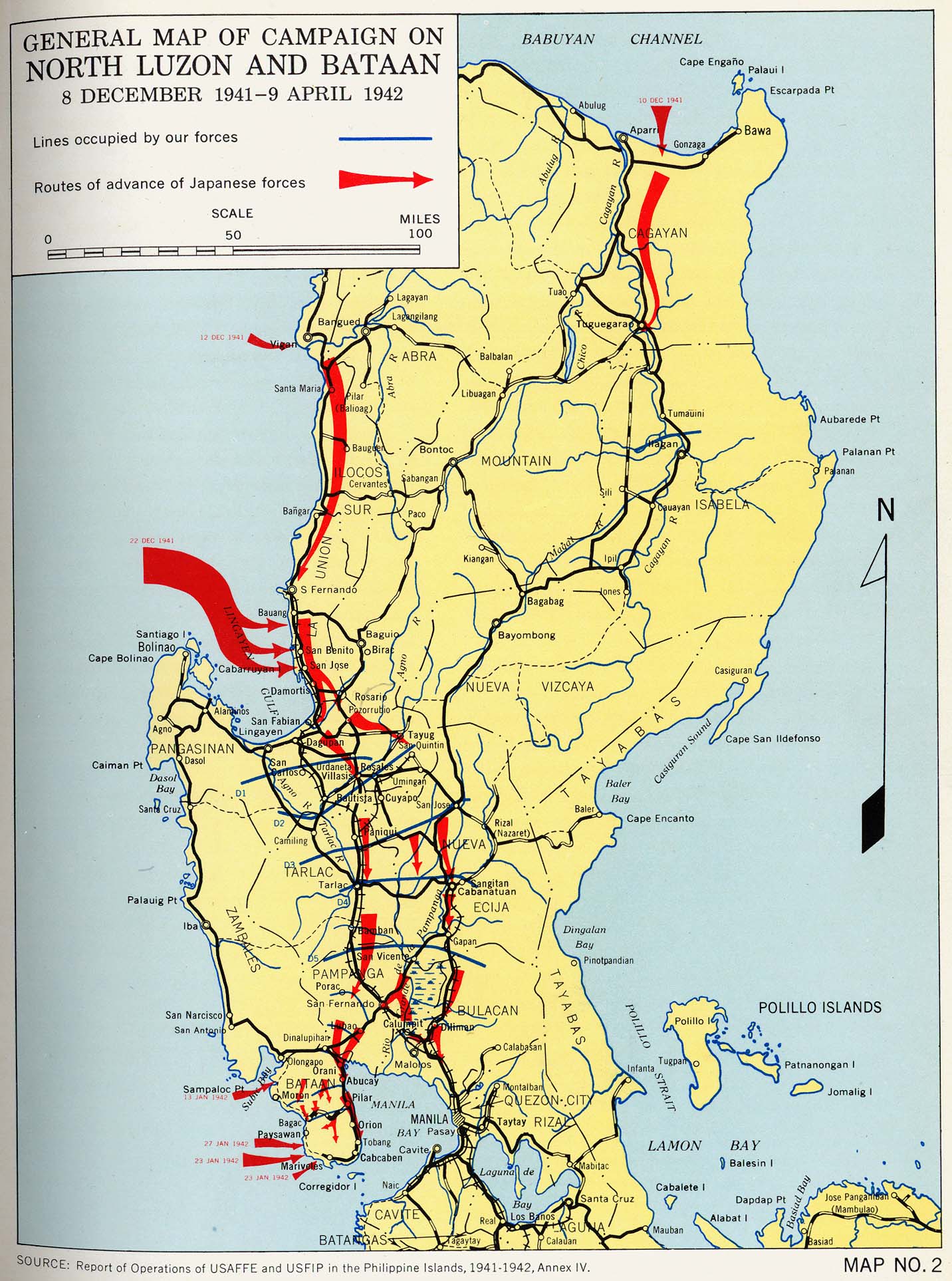authors note:
The War Warning is the actual historical text
The actual USAAFFE had 18 P40B, 54 P40E, 18 P35, plus 14 PAAC P26, along with 29 B17D and 6 B17C, plus a couple of dozen obsolete observation aircraft. The PAAC had a couple of dozen PT17s, plus a few B18s and B10s, nearly all of which were destroyed on the opening day.
Historically half of the B17s and a third of the P40s and P35s were wiped out on day 1, and by the end of the first week only 22 P40s and a handful of the P35s survived, while about a squadron's worth of B17s were sent south to Australia (as the rest had already been lost).
Thus is the history of the air campaign
TTL USAAFFE has not that many more P40s, only a handful of B17s, but a group of A24s. But.... they have a larger PAAF to assist, and an air transport force that they did not have in OTL.
They still face roughly 104 A6M Zeroes, 144 Nell and Betty medium bombers, plus the Japanese Army bombers and fighters (still Nates for the fighters) and a few carrier aircraft from the Japanese fleet light carriers supporting the invasion.
fear not, Chennault will eventually end up in China
The Navy and Marine Corps fliers were an elite group... Tex Hill, Pappy Boyington to name but two, and indeed most of the highest scorers were from the Navy and Marine Corps
VMF 112 is a real squadron form in March 1942 (fought at Henderson Field as its first engagement). This will be the only Marine Corps squadron to ever have P40s but you have to admit it will be a colorful one
Here is there OTL roster...
https://en.wikipedia.org/wiki/List_of_Flying_Tigers_pilots
